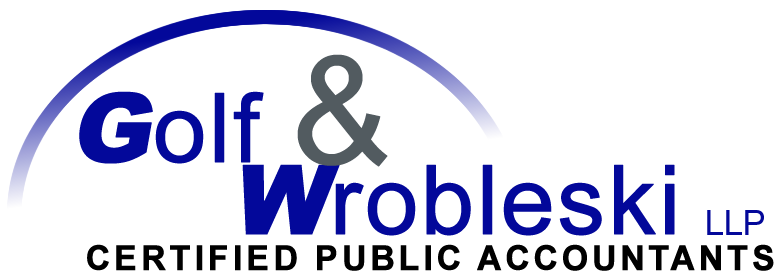Golf & Wrobleski Tax Tips
Give workers investment education, not advice
A strategy is highly important for investment processes. We would like our clients to have professional guidance that should help them avoid unnecessary risks and poor decisions. Those might cause a propblem on the path of achieving your business goals as quickly and effectively as possible. We stand behind each and every project.
Here are three tips:
1. Provide details about asset types, but avoid references to specific
investments available in your plan.
2. Discuss plan information, such as the benefits of contributing and
disadvantages of pre-retirement withdrawals.
3. Give resources, including software and assessments, to help workers determine their nest egg needs. Information that references the investment options must be general in nature. For example, you can explain financial and investment terms such as diversification and compounding.
Making the most of business and leisure travel, like many company owners, you may combine business trips with vacations. After all, you can reap tax benefits from this practice. To qualify, the primary reason for your travel must be for work. The IRS will focus on how much time you spend at the business meeting or convention as opposed to on the beach.
So what can you write off? You can fully deduct your transportation expenses — but not your family’s travel costs. Additionally, you may be able to write off some of your meal (50% of the expenses) and lodging costs, but only if it would be more expensive to return immediately after the meeting. For example, if after a convention you were to stay over on a Saturday night, your airfare would likely be much less expensive than if you flew home earlier. This savings would probably pay for your additional hotel stay and leave you with extra.
Lower dividend tax rates appeal to family business shareholders
Until last year, if you wanted to sell your family business shares to relatives, you couldn’t keep any interest in the company or work for it for at least a decade (complete redemption). Otherwise, your proceeds were taxed as dividends — up to 38.6%. But with lower dividend tax rates (5% and 15% in 2004), you no longer face a high tax bill. Plus, though there are certain restrictions, you can stay active in the company.
When are corporate splits tax-free?
When there’s a legitimate business reason — for instance, to reward a star team member with part of the company — business split-offs have no tax consequences.
But what if there is a relationship between the two firms, such as some of the same directors sitting on both boards? Last year, the IRS ruled there is no tax bite if the double-duty directors don’t control the new entity’s board. The split-off also can, for a limited time, share data, benefits and accounting systems with its former parent without triggering tax.
The Jobs and Growth Tax Relief
Reconciliation Act of 2003 has created an outstanding tax savings opportunity for companies that engage in certain international transactions.
Specifically, if your business has either type of transaction listed below, you can convert ordinary income (taxed at
about 34 or 35 percent) to capital gain income, which is taxed at 15 percent.
The following types of income qualify
for this special tax benefit:
• Exported property that is manufactured in the United States
• Engineering or architectural services rendered for projects located (or proposed for location) outside the United
States
To take advantage of this savings opportunity, you will have to form a U.S. corporation and elect for this corporation
to be treated as a domestic international sales corporation (or DISC). A DISC is essentially a paper company and
needs very little substance. Its taxable income is computed using special administrative pricing rules, but it does not
pay U.S. income tax. A DISC can earn income in an amount equal to the greater of:
• 50 percent of the combined taxable income of your export sales
• 4 percent of the DISC’s gross receipts on the transactions
The amount determined under the 4 percent method cannot exceed the amount of taxable income derived from
export sales. The income earned by the DISC would be subject to the 15 percent income tax when distributed to its
shareholders.
Here’s how it works:
• Company XYZ forms a DISC. Company XYZ has $3,000,000 of export sales
• Assume that the cost of goods sold relating to these sales is $2,000,000 and other expenses are $500,000,
leaving a net export profit of $500,000
• XYZ Corporation would use the 50 percent method (described above) since this alternative would generate the
largest tax benefit, so, $250,000 (50 percent of $500,000) would be subject to tax at 15 percent instead of the corporate rate of 34
percent (if XYZ was a C corporation) or 35 percent (if XYZ were an S corporation, assuming the shareholder is in
the top marginal individual tax rate). Assuming the latter, XYZ Corporation and its shareholder would save $50,000
($250,000 * (35% – 15%)) in federal income tax per year!
The Global Solutions group can help you determine if this planning idea can help you reduce your income tax liabilities. Please contact Scott Moss (smoss@cbh.com) or Robert Verzi (rverzi@cbh.com) for further information.


